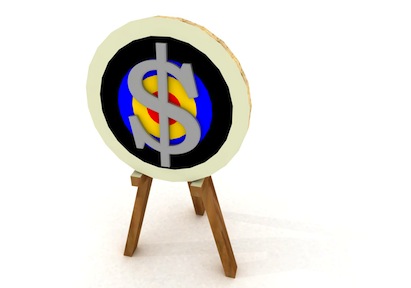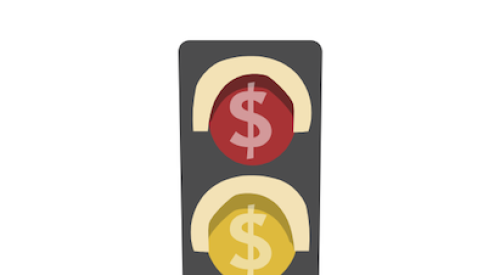With far fewer potential customers showing up at new-home sales centers today, it’s more critical than ever not to miss sales opportunities and have salespeople consistently engaging in high-ROI activities.
New-home sales is a retail business, and as Sam Walton said, “To be successful in retail, you must be open for the convenience of the customer not the convenience of the company.”
Historically, 50 to 60 percent of the people looking at new homes show up on the weekends. Home sales office hours on weekends should match that of automobile dealerships and other retail establishments in your area, with closing hours compatible with daylight hours.
Beyond constantly practicing and developing their communication and sales sills, new-home salespeople should engage in the following activities to maximize the ROI of their time and the builder’s investment in marketing expenditures:
1. Make a congruent, interactive presentation to someone who walks through the door of the sales center or contacts you via the internet, e-mail, or phone. This is the best use of a salesperson’s time and resources. The salesperson must have a proven, repeatable process for each presentation.
2. Follow through with a person who has visited once to get them back face-to-face again. If a sale is not obtained on the first visit, the probability of generating a sale increases dramatically on the second visit. This activity is accomplished with personal contact via phone or e-mail and can be enhanced with well-thought-through social networking activities.
3. Obtain referrals from Realtors and buyers.
4. Talk with mortgage companies and appraisers, complete paperwork, help customers who have already purchased a new home, etc. While these are very important activities, they take away from the high-impact potential of the first three activities.
I’ve asked virtually thousands of new-home salespeople this question: Except for busy weekends or open houses, which of the four activities do you think salespeople spend the most time doing? Without exception, the unanimous answer is activity four.
Unfortunately, rather than focusing on the high-impact activities (No. 1-3), most salespeople stay busy with activity four. And when their sales manager asks how they’re doing on their follow-through activities, they’ll say they’re too busy.
A good sales assistant can be trained to accomplish 90 percent of that busywork — tracking mortgages, filing paperwork, dealing with customers who already bought but have not closed. In fact, a well-trained sales assistant is the best answer to losing fewer sales. One good new-home salesperson teamed with a motivated, well-trained assistant will almost always outsell two salespeople in the same location without an assistant.
With the assistant handling the busywork, the salesperson can focus on the key activities that make sales: presentations, follow through, and generating referrals.
Statistically, sales increase in direct proportion to the number of interested people that a salesperson takes to a home site or a completed home. However, most salespeople working alone on a weekend are reluctant to take an interested person to a home site for fear they’ll miss the next potential sale. A properly trained sales assistant can either take people to a home site or stay in the office to greet the next customer — either way, the team won’t miss a beat.
Sales assistants also permit seven-day model and sales office coverage. They can be in the sales office on days when the salesperson isn’t and they can arrive earlier or stay later so the model will be open longer (certain states require someone engaged in these kinds of activities to be licensed). And, as they develop their sales skills, you are building bench strength for your sales operation.













